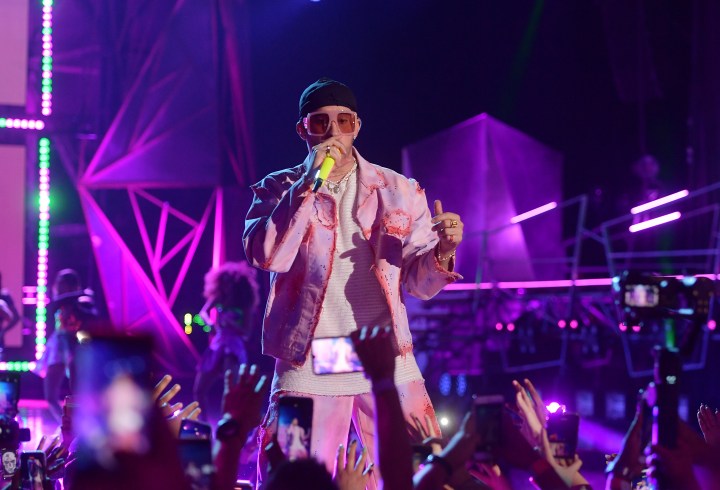
Can streaming do better by musicians? SoundCloud says it’s willing to try.
Can streaming do better by musicians? SoundCloud says it’s willing to try.

The pandemic has removed one key way musicians make money — live shows. That leaves them more dependent than ever on record sales and streaming.
But the way streaming sites work, artists sometimes make fractions of a cent per listen.
Take Spotify. Bad Bunny, the most streamed Spotify artist of last year, had over 8.3 billion streams. Now think of all of Spotify’s streams last year. Every song, by every musician. Imagine all those streams, and the money they make, in one communal pot.
Musicians get paid based on their share of all those streams, not the number of their fans who have subscriptions. If Bad Bunny’s 8.3 billion streams were, let’s say, 1% of all of Spotify’s streams, he and his label would get 1% of that communal pot.
Which is fine if you’re Bad Bunny. But most people aren’t.
Galaxie 500 split up in 1991 after releasing three albums. They get about 750,000 streams a month. Not bad for a 30-year-old cult favorite. But percentagewise, in the Spotify universe, that is a speck of dust. “We make about $1,000 each, per month, from three-quarters of a million streams,” said Damon Krukowski, who co-wrote and played drums for the rock trio.
Spotify did not respond to interview requests.
But another popular streaming platform, SoundCloud, is now trying something called fan-powered royalties. If you have a paid SoundCloud subscription, that money will get distributed only to artists you actually listen to each month. No more communal pot. Megastars would no longer crowd out smaller bands as long as they have dedicated fans who listen regularly.
“Just from a business standpoint, it’s a no-brainer to empower one, the artist, and then two, the audience that lives on our platform,” said Michael Pelczynski, SoundCloud’s head of rights administration and strategy. SoundCloud said that when it premieres this system next month, about 100,000 of its independent artists could get hundreds of dollars more a month.
But even shifting how streaming dollars are distributed won’t change one fact: The real money is in touring and merchandise. “Even if you’re making $1 million in revenue from Spotify or something, pre-COVID world, you’re probably making $30-$40 million from touring,” said George Howard, a professor at the Berklee College of Music and former president of Rykodisc, one of the world’s largest independent labels.
What industry insiders say is musicians won’t be able to make a living off of streaming with prices so low. Right now, we can listen to as much music as we want for free with ads or in some cases as little as $5 a month.
Andrew Leff, a former manager who now teaches at the University of Southern California’s Thornton School of Music, defines streaming as the “institutionalization of devaluation.” He said part of the problem is that our culture sees music as something that should be cheap. “The obvious solution,” Leff said, “is that everybody needs to be paying at least $10 a month. It makes no sense at all. It’s the only business in major media that gives away so much of its product for free.”
If platforms start charging more for music, he said, musicians would see more than just a little change.
There’s a lot happening in the world. Through it all, Marketplace is here for you.
You rely on Marketplace to break down the world’s events and tell you how it affects you in a fact-based, approachable way. We rely on your financial support to keep making that possible.
Your donation today powers the independent journalism that you rely on. For just $5/month, you can help sustain Marketplace so we can keep reporting on the things that matter to you.











